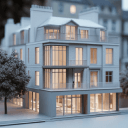Visualizing renovation ideas benefits significantly from 3D home modeling tools. These tools enable users to create accurate, lifelike representations of spaces. Examples include SketchUp and AutoCAD, which professionals widely use for architectural and interior design projects. Data shows that 3D visualization increases client satisfaction by providing clear expectations, with a survey revealing that 78% of clients feel more confident in their project outcomes after seeing a 3D model.
3D modeling tools save time by streamlining the design process. Users report a reduction in project turnaround times by up to 30% when employing these technologies. Moreover, they reduce errors in the renovation process. Studies indicate that using 3D models can decrease project errors by as much as 45%, saving costs and resources.
Arcadium 3D is unique among 3D home modeling tools for its browser-based accessibility and focus on simplicity. Unlike Blender and Revit, which target professionals with a steep learning curve, Arcadium 3D appeals to home-owners without any experience with modelling tools. It's an uncomplicated solution for creating 3D house plans. This ease of use invites more users to visualize and plan renovations without prior expertise, thus democratizing the design process.
Contents:
Why Choose 3D Home Modeling for Your Renovation
Why select 3D home modeling for your renovation project? Accuracy stands as the primary reason. These tools provide exact dimensions and proportions, allowing homeowners and designers to create spaces that precisely fit their needs. Users can adjust walls, doors, and windows, ensuring every element complements the overall design.
Why do these tools surpass traditional renovation planning methods? Efficiency illuminates the answer. With 3D home modeling, changes are made in real-time, eliminating the need for repetitive drawings and revisions. This technology speeds up the decision-making process, as modifications to layouts, materials, and colors are visualized instantly.
Why is user engagement higher with 3D modeling? The immersive experience captivates users. By offering a virtual walkthrough, individuals can explore their future home before any physical changes occur. This not only enhances understanding and satisfaction but also sparks creativity, encouraging users to experiment with diverse designs and options.
3D home modeling eclipses conventional sketching and 2D drafting by providing a holistic view of renovation projects. It surpasses in offering an interactive interface over static blueprints, enhancing both the precision and the breadth of creative exploration. It outperforms manual methods in speed, transforming months of planning into days of productive design iteration.
Key Features of Leading 3D Home Modeling Software
What distinguishes the top 3D home modeling software in the market? It lies in their advanced visualization capabilities. Users can immerse themselves in the design through virtual walkthroughs, experiencing spaces as if they were already built. These tools provide a lifelike representation of textures, shadows, and lighting, enhancing the realism of the virtual environment.
How do these applications facilitate a more efficient design process? By integrating collaborative features, they allow multiple stakeholders to contribute and modify designs in real-time. Teams can share updates, feedback, and changes without the need for physical meetings, speeding up the decision-making process. Cloud-based storage options ensure that project files are accessible from anywhere, preventing data loss and promoting seamless teamwork.
Are there features that specifically cater to renovation projects? Yes, several leading software include options for detailed floor plan reconstructions and the ability to overlay existing structures with proposed changes. This aids in identifying potential issues early in the design phase, such as spatial conflicts or structural limitations. Tools might also simulate different lighting conditions or how spaces might look during different times of the day, providing a comprehensive planning tool for renovations.
Leading 3D home modeling software surpasses basic design tools by offering features like real-time physics engines and advanced material libraries. These allow users to experiment with different materials and see how they interact with environmental factors, such as natural light and gravity, giving a more accurate depiction of the final outcome. Superior rendering techniques produce high-quality images quickly, saving time for professionals and ensuring clients have a clear understanding of the proposed designs. These aspects make them indispensable tools for architects, designers, and homeowners alike, streamlining the design process and enhancing collaboration.
Cost-Benefit Analysis: 3D Modeling vs. Traditional Drawing
Why choose 3D modeling over traditional drawing methods for visualizing renovation ideas? The initial investment in software for 3D home modeling may appear higher than purchasing materials for traditional drawings, such as pencils, paper, and rulers. However, the precision of 3D models surpasses that of hand-drawn sketches. This software allows for easy alterations, saving both time and resources. Clients and contractors gain a clear understanding of the project, reducing miscommunication and costly errors.
How do the costs of revisions compare between 3D modeling and traditional drawing? In the context of changes, 3D modeling offers unparalleled efficiency. Editing a digital model requires a fraction of the time and none of the physical resources that redrawing a plan entails. Traditional methods demand new materials for each revision, plus the additional labor of redrafting. Consequently, the cumulative expense of materials and labor for multiple alterations in traditional drawings often overshadows the initial cost of 3D modeling software.
Are there any hidden benefits to 3D home modeling that affect the cost-benefit analysis? Yes, 3D modeling extends benefits beyond mere visualization and revision efficiency. It enables precise material estimations and can simulate lighting and energy usage, providing insights that can lead to cost savings in the actual renovation process. These predictive capabilities are absent in traditional drawings, thus offering a distinct advantage in planning and budgeting phases.
In evaluating cost-benefit, 3D modeling emerges as a more economical and efficient approach over its counterpart. This method significantly reduces the frequency and severity of design-related issues, which traditionally escalate project costs and extend timelines. The ability to visualize complex details with clarity eliminates the guesswork, ensuring a smoother project execution. Consequently, the initial higher investment in 3D modeling tools yields substantial savings in time, resources, and overall project costs, making it a superior choice for visualizing renovation ideas.
How intuitive are these platforms for first-time users? Remarkably, many find the initial interaction straightforward. Design interfaces often guide novices with clear instructions, enabling them to start crafting their spaces without prior knowledge. Interactive tutorials further demystify the process, showcasing how to manipulate elements such as walls, windows, and furniture with ease.
Are advanced features accessible for more experienced users? Indeed, these platforms cater to a wide skill range. Professionals can dive into complex design tasks, utilizing tools for detailed customization, such as adjusting textures or incorporating specific lighting effects. The ability to import and export designs allows for seamless integration with other software, facilitating a comprehensive workflow.
What support systems are in place for users encountering difficulties? Robust support networks form the backbone of a positive experience. FAQs cover common queries, while live chat services provide instant assistance for more complex issues. Community forums offer a space for users to share advice and solutions, turning challenges into collaborative learning opportunities.
In terms of navigation ease, these platforms outshine traditional design methods significantly. Users bypass the cumbersome stages of sketching and physical model making, transitioning directly to digital creation. This shift not only accelerates the design process but also enhances precision, as adjustments are made with clicks rather than erasures and redraws.
Integrating VR for Enhanced 3D Home Tours
Why integrate VR into 3D home tours? This approach transforms static visualizations into interactive experiences. Users navigate spaces as if they were physically present, making decisions with a higher degree of confidence. Virtual reality enables potential clients to perceive textures, dimensions, and spatial relationships, enhancing their understanding of proposed renovation ideas.
How does VR differ from traditional 3D models? Instead of observing from a fixed perspective, users explore every corner of the design. This technology offers a sense of scale and depth that flat images cannot convey, allowing for a more immersive evaluation of changes. Doors open, lights adjust, and materials reflect realistic conditions under various lighting scenarios, providing a comprehensive preview of potential renovations.
What benefits do enhanced 3D home tours offer to clients? They facilitate a deeper emotional connection with the design, helping clients visualize their daily lives within the renovated spaces. Anxiety over design choices diminishes as users experiment with different options, leading to more satisfaction with the final decisions. The interactive nature of VR tours accelerates the decision-making process, as clients can instantly see the implications of their choices.
In essence, integrating VR for enhanced 3D home tours offers a superior visualization experience. Users gain unparalleled insight into the spatial dynamics and aesthetic appeal of their future homes. Traditional methods fall short in enabling such a direct and immersive exploration of proposed designs. This technological advancement significantly narrows the gap between conceptualization and reality, paving the way for more informed and satisfying renovation outcomes.
Finding the Right 3D Modeling Service Provider
How does one ensure they are choosing a superior 3D modeling service provider? It's crucial to assess their portfolio for diversity and quality. A reputable company showcases a wide range of projects, including residential buildings, commercial spaces, and interior designs, proving their expertise and versatility.
What should clients look for in a 3D modeling service provider's experience? The length of time in the industry often indicates reliability and the accumulation of extensive knowledge. Providers with years of experience typically have refined their processes, ensuring efficiency and precision in their work. They are adept at handling various challenges, such as complex designs or tight deadlines.
Are customer testimonials significant in the selection process? Absolutely, as they offer insights into client satisfaction and the provider's ability to meet expectations. Positive feedback, especially when detailed, highlights the provider's strengths, such as attention to detail, creativity, and responsiveness. Negative reviews, on the other hand, can reveal potential red flags or areas needing improvement.
Service providers who excel in 3D home modeling tools not only exhibit a broad portfolio and years of experience but also possess glowing client testimonials. These providers surpass others in their commitment to customer satisfaction, ability to tackle diverse projects, and proficiency in delivering detailed, accurate models swiftly. They stand out as leaders, offering undeniable value to those seeking to visualize renovation ideas effectively.
Maximizing Value: Tips for Effective 3D Modeling
How can one ensure that their 3D modeling efforts yield the highest value? By focusing on detail and accuracy. Precision in models–such as accurate dimensions and textures–enhances realism, making the envisioned renovations easier for clients to understand and appreciate. High-quality models also facilitate better decision-making, as they offer a clearer representation of potential outcomes.
What strategies can be adopted to enhance the effectiveness of 3D home modeling? Employing advanced lighting and shading techniques is key. These elements bring models to life, simulating various times of day and showing how natural and artificial light interacts with spaces. Incorporating diverse materials and finishes enables clients to visualize different aesthetics and functionality, further personalizing the renovation experience.
Why is it crucial to integrate feedback into the 3D modeling process? Feedback loops allow for continuous improvement. By gathering insights from clients and adjusting models accordingly, the final outcome aligns more closely with their expectations and desires. This collaborative approach not only improves client satisfaction but also streamlines the design process, avoiding costly and time-consuming revisions later on.
3D home modeling tools offer greater flexibility and efficiency than traditional 2D blueprints in visualizing renovation projects. With the ability to rotate views and zoom into details, these tools provide a comprehensive understanding of spatial relationships and design elements, ensuring that every angle and option is thoroughly explored before any physical changes are made. This in-depth exploration aids in maximizing the value of each project, ensuring that both time and resources are invested wisely.
Latest Trends in 3D Home Design and Renovation
What sets apart the latest trends in 3D home design and renovation? The incorporation of virtual reality and augmented reality stands out prominently. These technologies immerse homeowners deeply into design simulations, enabling a walkthrough of their future spaces. By simulating different lighting conditions, furniture arrangements, and material finishes, users gain a comprehensive understanding of potential outcomes.
How are sustainability and eco-friendliness addressed in these new trends? Adaptive reuse of materials is significantly emphasized. Software now suggests ways to integrate recycled woods, metals, and glasses into designs, promoting environmental conservation. This approach not only reduces waste but also infuses spaces with unique, story-rich elements.
Are smart homes considered in the latest 3D modeling tools? Absolutely. Current tools seamlessly incorporate smart home technologies, predicting how devices interact within a space. From intelligent lighting systems to automated heating, ventilation, and air conditioning (HVAC) systems, these tools ensure designs are both aesthetic and functional. Homeowners can visualize and adjust the placement of these technologies to optimize comfort, convenience, and energy efficiency.
In contrast to earlier methods, today's 3D home modeling tools offer a richer, more interactive experience. These modern solutions surpass traditional blueprints and sketches in both accuracy and imaginative capability. Users find themselves engaged in an intuitive design process, where changes are made effortlessly, and outcomes are visualized instantaneously. This marks a significant leap forward in how renovation projects are planned and executed, making the entire process more accessible and enjoyable for homeowners.


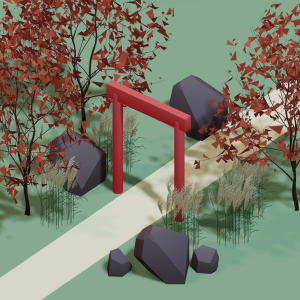 All training, tips and articles
All training, tips and articles
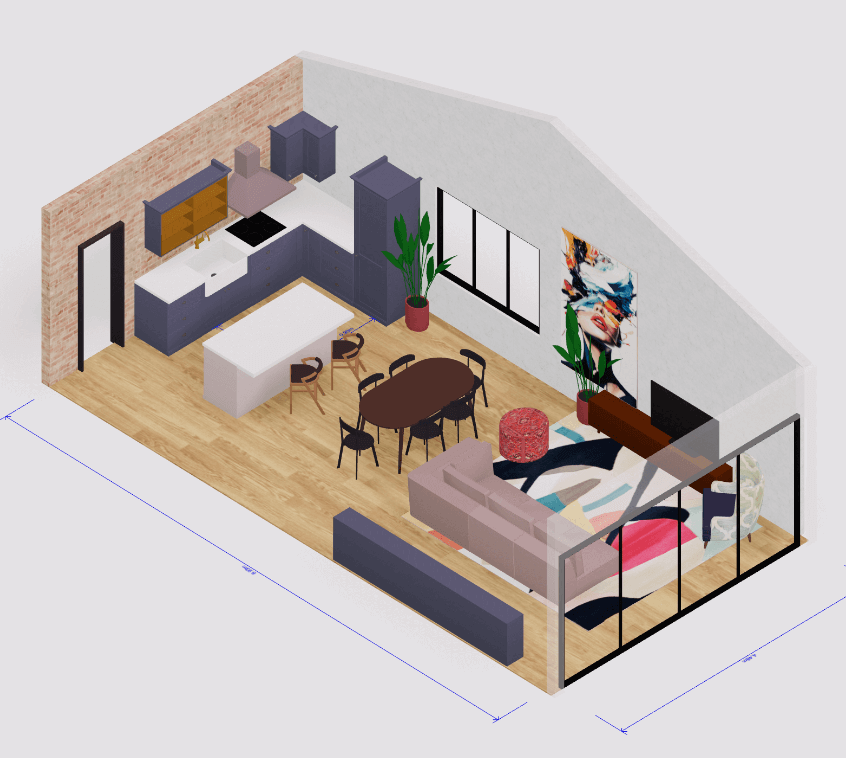 3D house design tool
3D house design tool
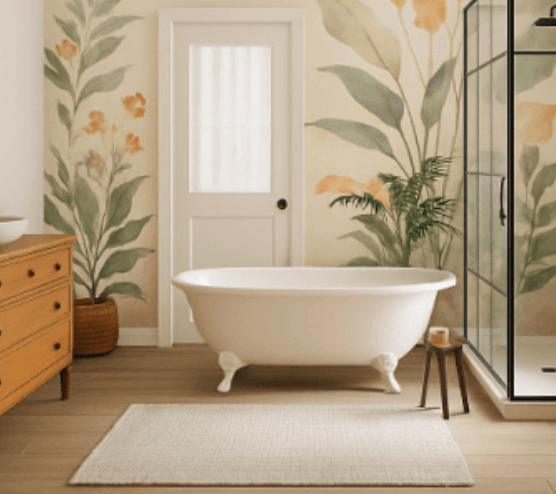
 Color palette generator
Color palette generator
 Floor plan creator
Floor plan creator
 Interior design app
Interior design app
 Kitchen design tool
Kitchen design tool
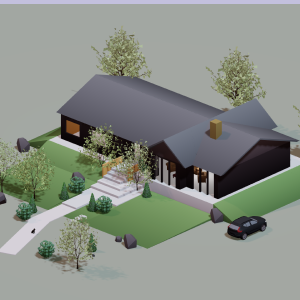 House design software
House design software
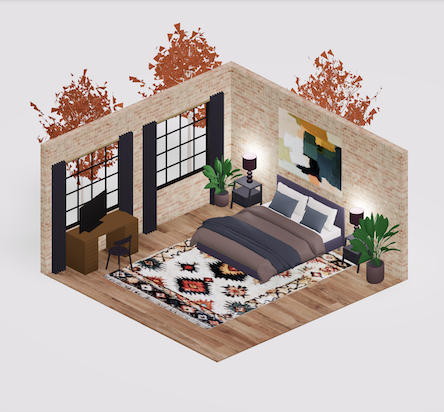 Room designer
Room designer
 Landscape design software
Landscape design software
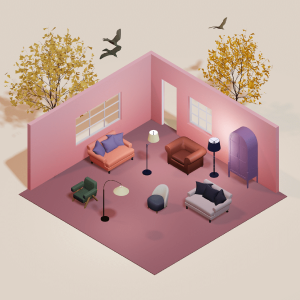 Bedroom design
Bedroom design
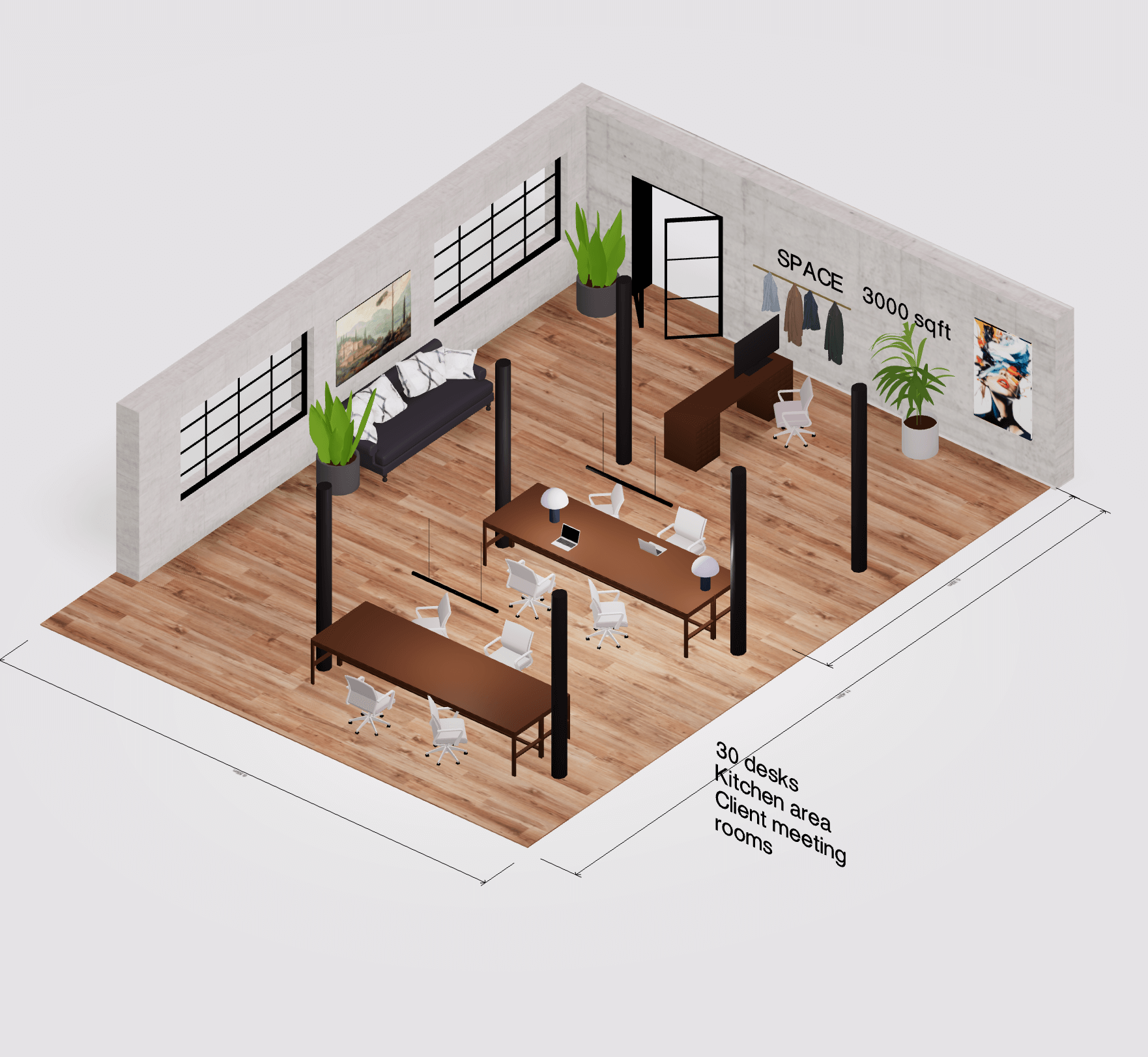 Office floor plan creator
Office floor plan creator
.png)



